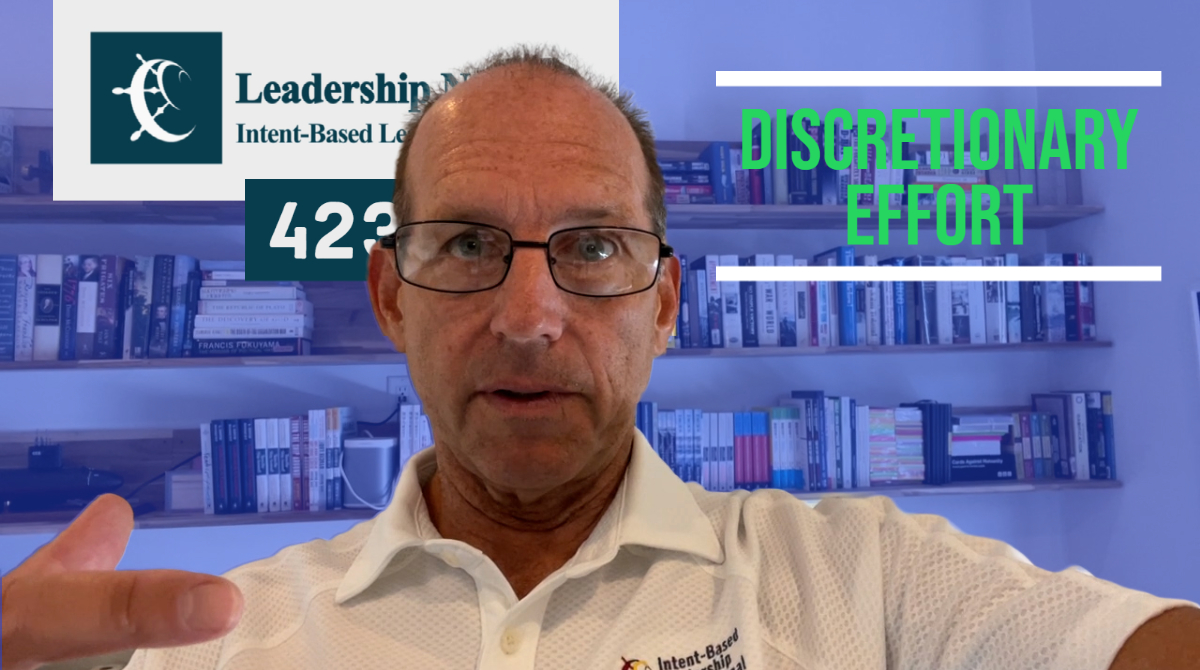A silicon valley manufacturing company is implementing the practice of “crucial conversations” among their workforce. They introduced the idea to their workforce a year ago and many of their leadership has attended training on Crucial Conversations. Nevertheless, the practice has not been widely adopted.
Let’s use their experience to learn about change.
The practice is described in a book by Kerry Patterson, Joseph Grinny, Ron McMillan, and Al Switzler. The authors assert that training in conversations is needed because our instincts tend to sabotage our effectiveness when we have opposing viewpoints, high emotions and high impact discussions. We need skills to overcome those tendencies for better outcomes.
For example, while our instinct when feeling threatened might be to avoid an issue or be sarcastic (the authors’ name this “go to silence or violence”), we’d be better served by focusing on maintaining dialogue.
When emotions run high our instincts to go to silence or violence don’t help us. Source: John Benson via flickr: https://flic.kr/p/bGDA3F
The practice is complicated. The authors have 7 principles supported by 25 skills and a like number of questions. The skills are grouped in multiple acronyms such as CRIB, STATE, AMPP, and ABC. The skills tend to be situationally triggered; if this happens, respond this way. As a result it becomes mentally taxing when you are in a crucial conversation to remember exactly how to respond.
Change happens through practicing the behavior
This promised to be a difficult implementation. Change happens by regularly practicing the new behavior to positive reward. In this case, the new behaviors were complicated, varied, and situationally dependent and no one thing was ever practiced regularly enough be become habit and recognized as a new cultural norm.
We wanted to apply the concept of “act your way to new thinking” to move this company toward the practice of crucial conversations.They were challenged to come up with a single small (the smallest thing possible) step that their teams could practice regularly to move them in the direction of crucial conversations.They were cautioned not to try and come up with the entire implementation plan nor to try and pick the perfect thing, just something that could be practiced regularly.
Key skills for change
The skills needed to perform this including understanding the concept of crucial conversations and the smaller building blocks that comprise it.Then being able to describe these building blocks as behaviors and making a judgment about which behavior to focus on.
Pick the right behavior
The 5 criteria for selecting the focus behavior to change are:
- needed to be a small change
- could be practiced regularly
- could be stimulated by the environment rather than a rule
- could be positively reinforced
- was applicable to all levels of management.
Executives brainstormed in groups of 4-6 for only 15 minutes. At the end of 15 minutes most teams still had not found a single specific habit their teams could practice. Lesson #1: this is hard work.
The groups did come up with aspirational cultural norms, however, that would support crucial conversations; for example, a culture of emotional and psychological safety.
Moving from aspiration to behavior
We asked the clarifying questions such as: what do you mean by … a culture of safety? Eventually, the teams began to describe specific behaviors; for example, people would freely discuss their failures and what they learned from them. This was something we could practice. We could have people talk about work failures but this might be hard because those tend to be emotional (associated with work, they inherently threaten job security). So, instead we could start with something that is not as threatening, say, predicting a weekend sports statistic or predicting the opening weekend box office take for a new release.
This was something that could be fun and incorporated into the regular meeting schedule. It shouldn’t take too much time before the subject of the reports could be shifted to items closer to work.
The journey starts with the first step…
I know that this practice will not take the organization to the end state of implementing crucial conversations but it will start them on the road to change. As the practice is implemented roadblocks and barriers will become more apparent and they, in turn, will need to be addressed. The benefit of starting the practice is by starting small, we expose a new set of behaviors we need to work on that seem manageable.


